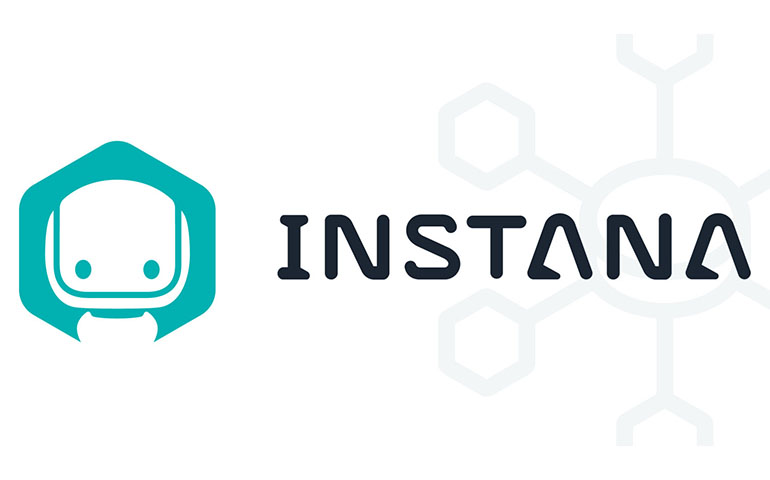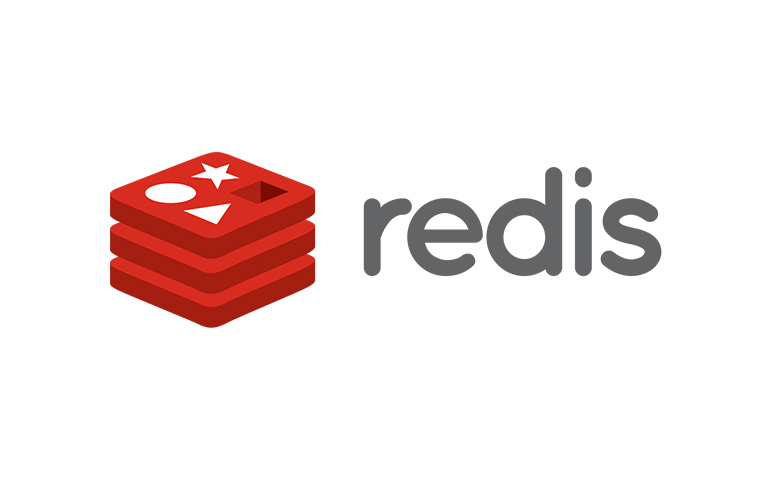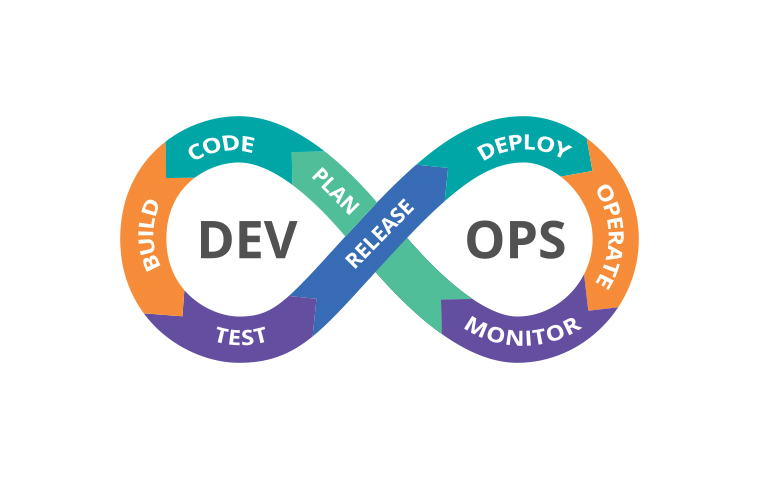What is a Database? How to Secure a Database?
A database plays a crucial role in managing, preserving, and organizing large volumes of data. It enables secure storage, retrieval, and manipulation of data for applications, systems, and solutions of any size.
What is a Database?
A database is a structured collection of extensive data that is organized, stored, accessed, retrieved, and managed within a computing system.
Databases enforce rules and mechanisms to ensure the accuracy and consistency of the data. Important mechanisms for maintaining high data quality include data validation, uniqueness, and referential integrity. Databases also provide data backup and recovery mechanisms to prevent data loss. Indexing, query optimization, and caching can optimize database performance.
There are various types of databases, including relational databases (based on the relational model), NoSQL databases (non-relational databases), object-oriented databases, and more. Each type has its own strengths and is suitable for different applications and data requirements.
Why is Database Security Important?
Database security aims to protect sensitive data from misuse, unauthorized access, data corruption, and intrusion into the entire data management system and applications that access the database.
Database security is an ongoing process that protects data from unauthorized access through measures such as user authentication, access controls, and encryption.
How to Secure a Database?
Databases support multiple users or applications accessing data simultaneously. Therefore, any security threat to any component within the network infrastructure poses a threat to the database.
Database security requires a continuous, comprehensive, and multi-layered approach to safeguard data from unauthorized access, maintain its integrity, and ensure its availability to authorized users only.
Securing a database involves implementing a combination of technical measures, mechanisms, best practices, and administrative controls to prevent unauthorized access, data breaches, data manipulation, and other malicious activities.
Here are 10 key measures to consider when enhancing database security:
- Implement strong access controls by using authentication mechanisms such as strong passwords, two-factor authentication, or biometric authentication.
- Encrypt sensitive data using robust encryption algorithms to protect data stored in database files and employ secure communication protocols (e.g., SSL/TLS) for data transmission.
- Minimize the time between the release of the latest security updates and patches and their application to the database, application, or system to address any known vulnerabilities that could be exploited.
- Implement auditing and monitoring mechanisms to track, record, and monitor database activities.
- Enforce strong passwords and account lockout policies to prevent unauthorized access. Implement role-based access controls (RBAC) to assign permissions based on job responsibilities and regularly review and update user privileges.
- Ensure the database is hosted on a secure and monitored network by implementing firewalls, intrusion detection systems, and other network security measures to detect and prevent unauthorized access attempts.
- Set up regular backups of the database and ensure they are securely stored off-site. Establish a robust disaster recovery plan to quickly restore data in the event of data breaches or the destruction of sensitive data.
- Implement Data Loss Prevention (DLP) mechanisms to detect and prevent data breaches, unauthorized access, usage, and sharing of sensitive data. Use Data Masking techniques to protect data and employ data redaction to hide sensitive information in query results while maintaining the database format.
- Conduct regular security assessments and penetration testing to identify weaknesses and vulnerabilities in the database system and address them proactively.
- Ensure employees are aware of the importance of data security and organizational security policies.
Ensuring the security of sensitive and confidential databases is crucial. As databases contain valuable information, safeguarding this data from unauthorized access, modification, or disclosure is vital to protect the privacy and integrity of stakeholders and organizations.

















